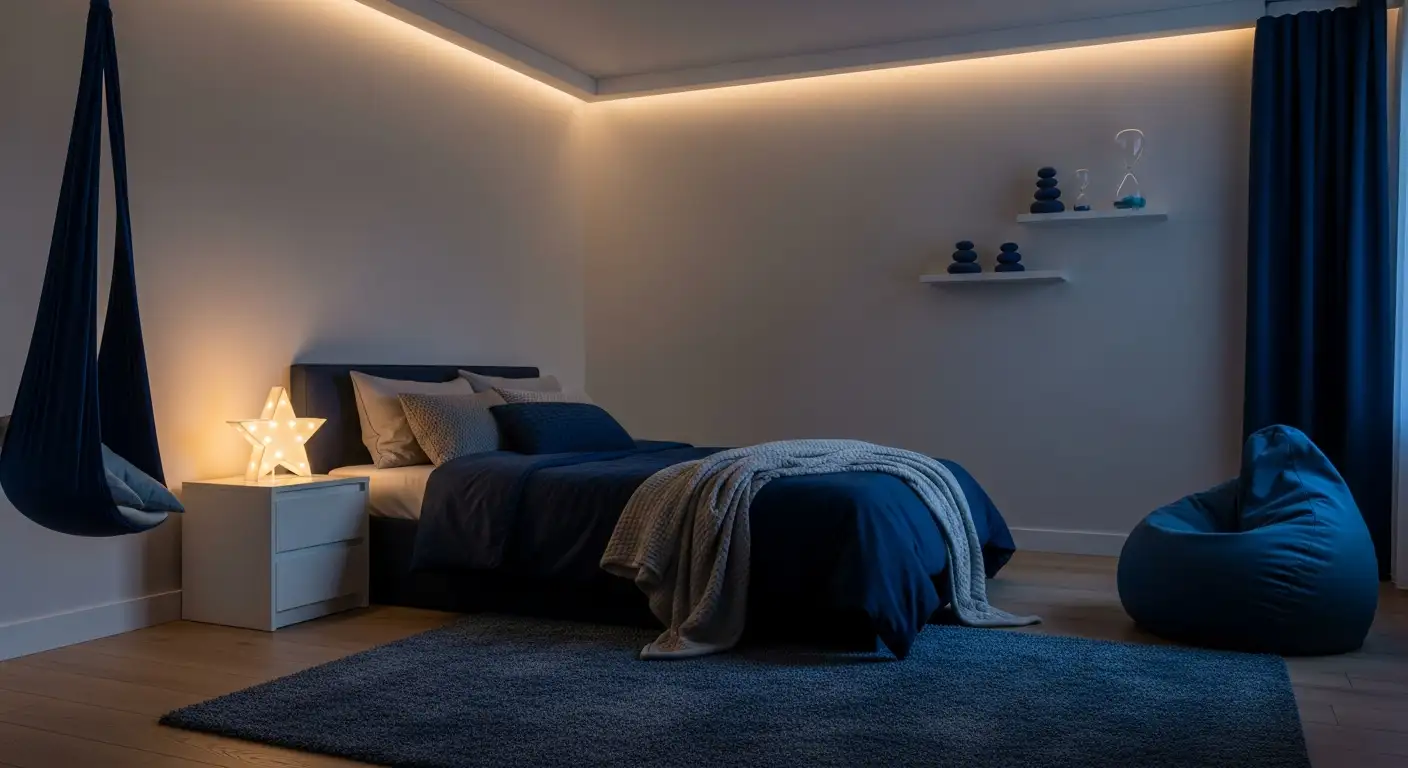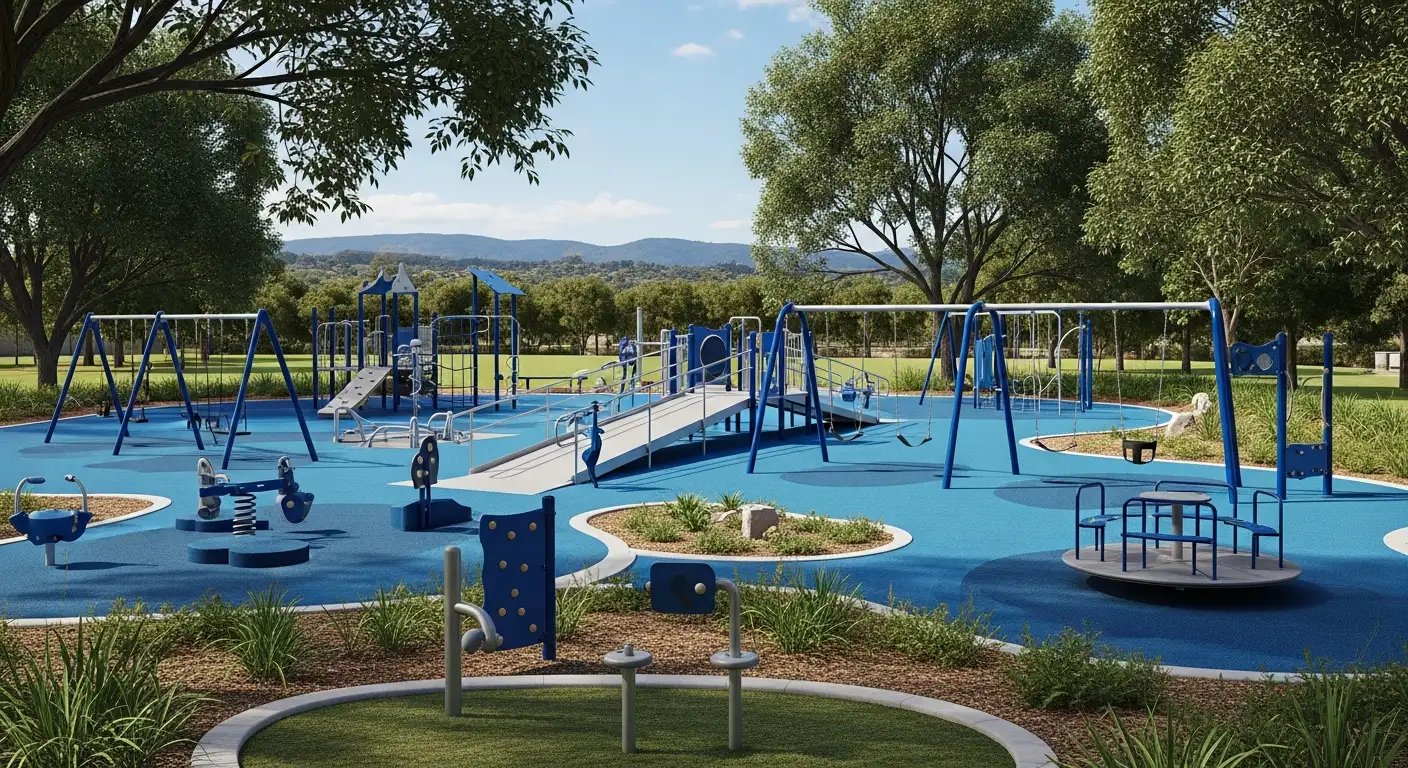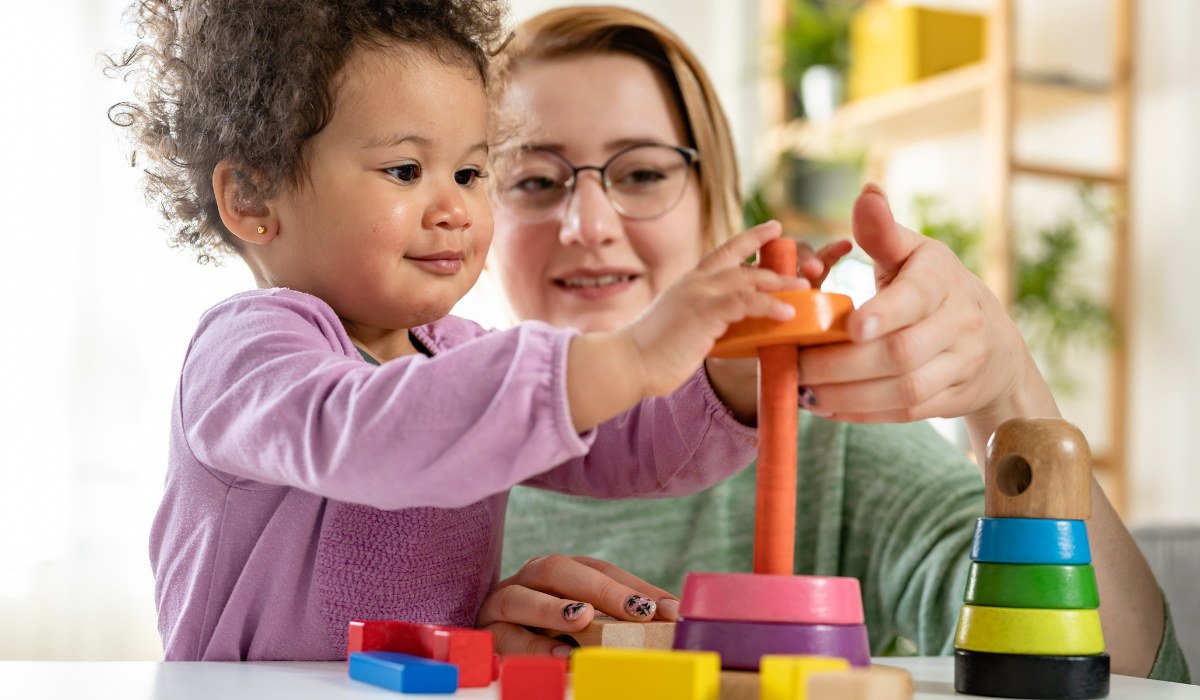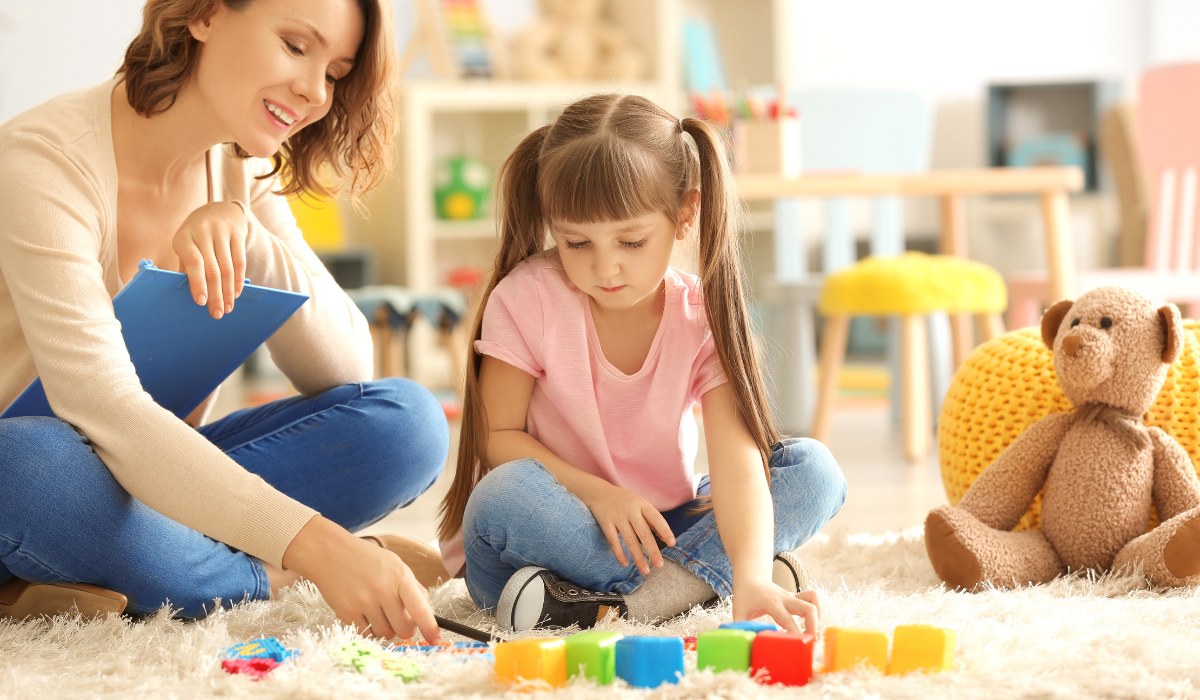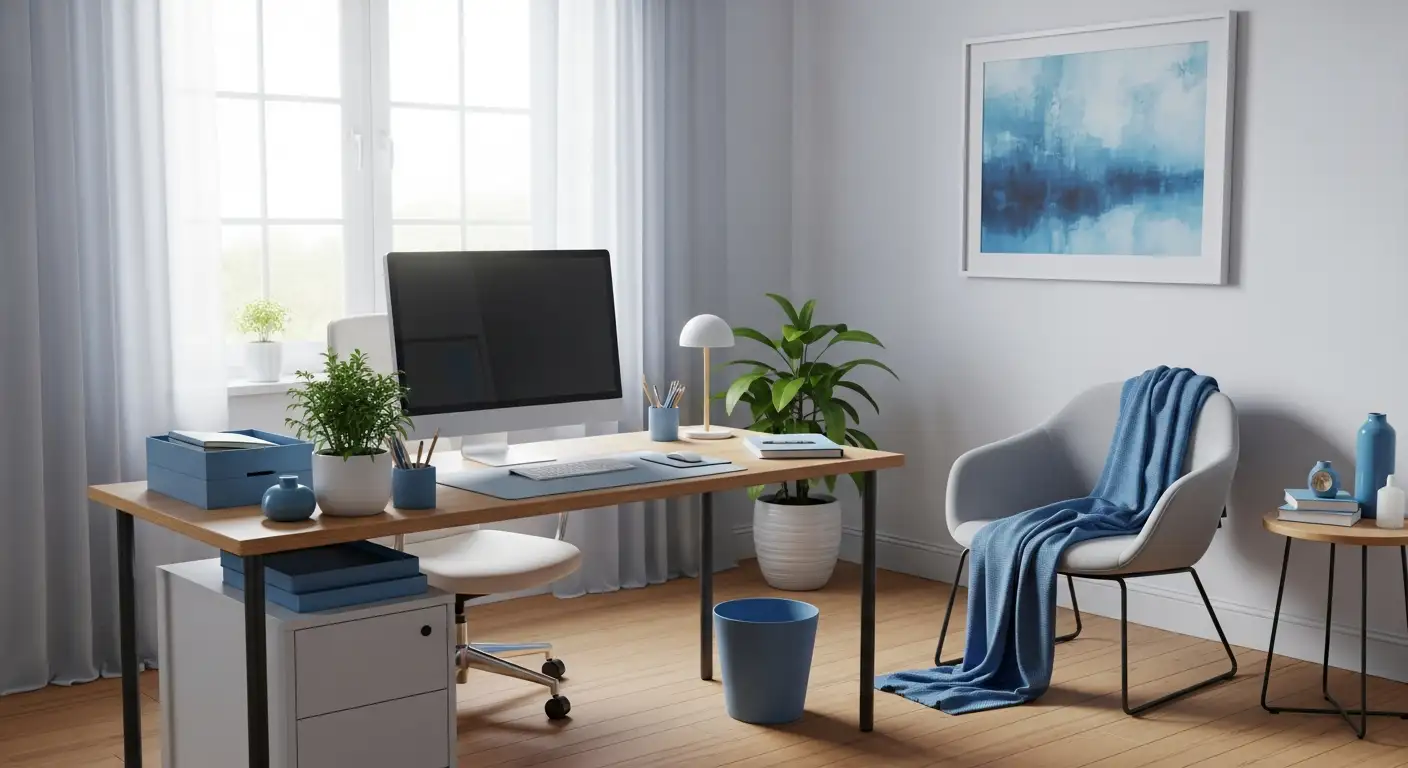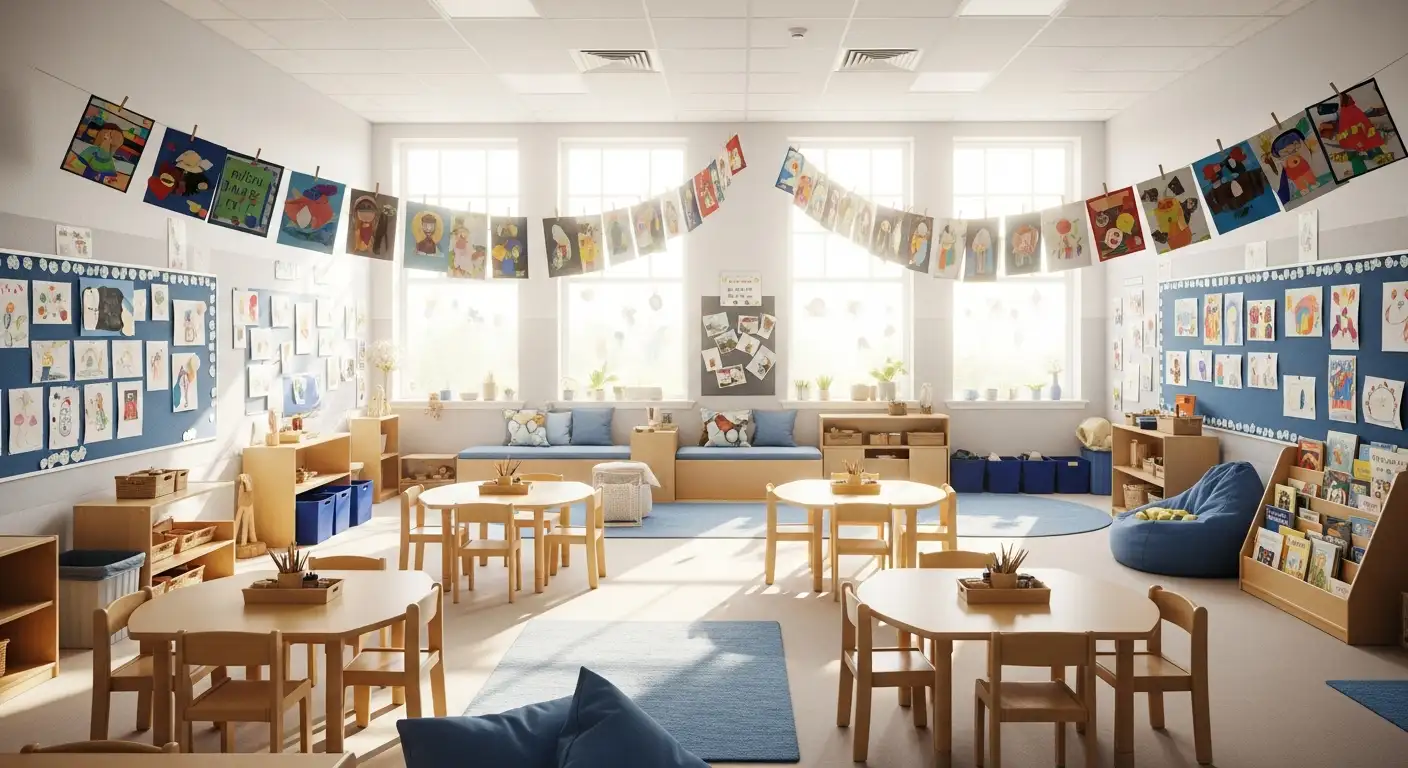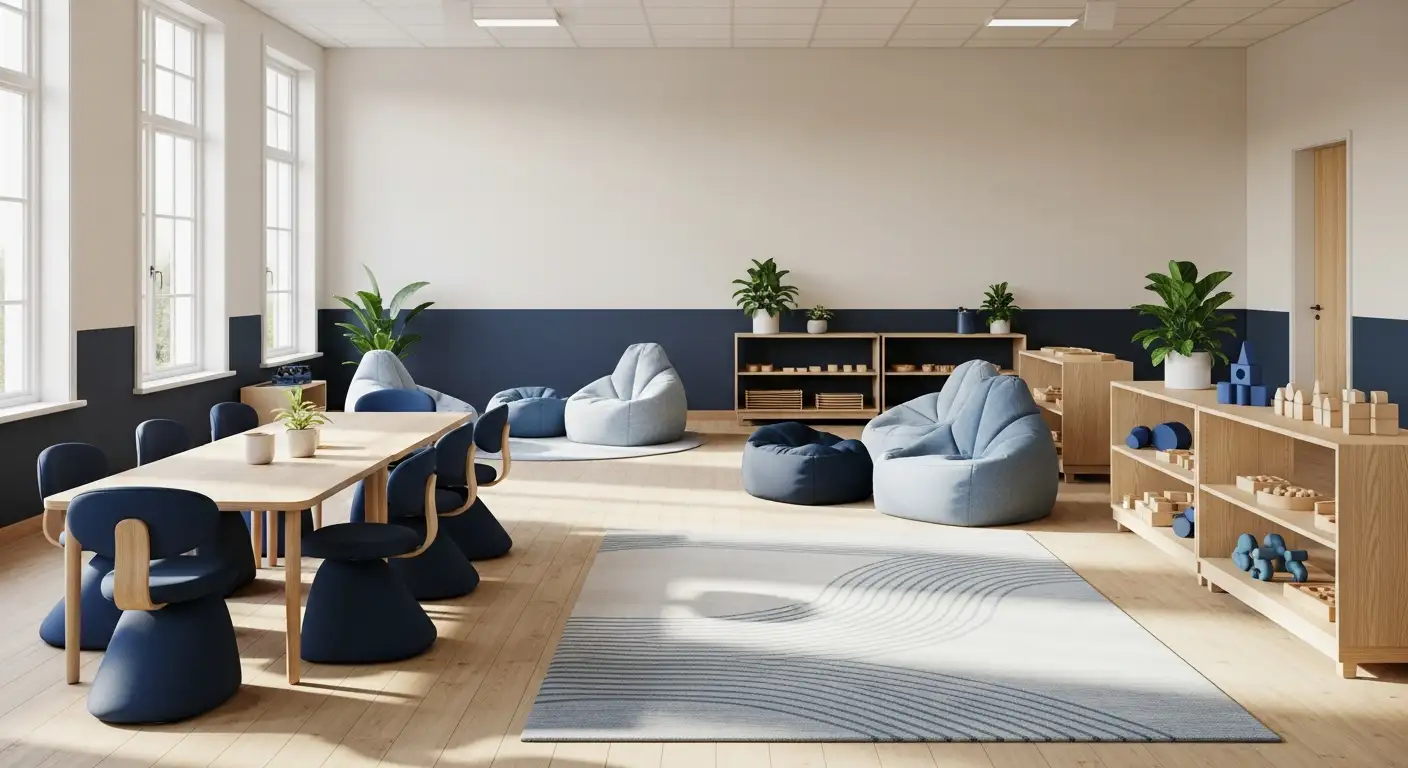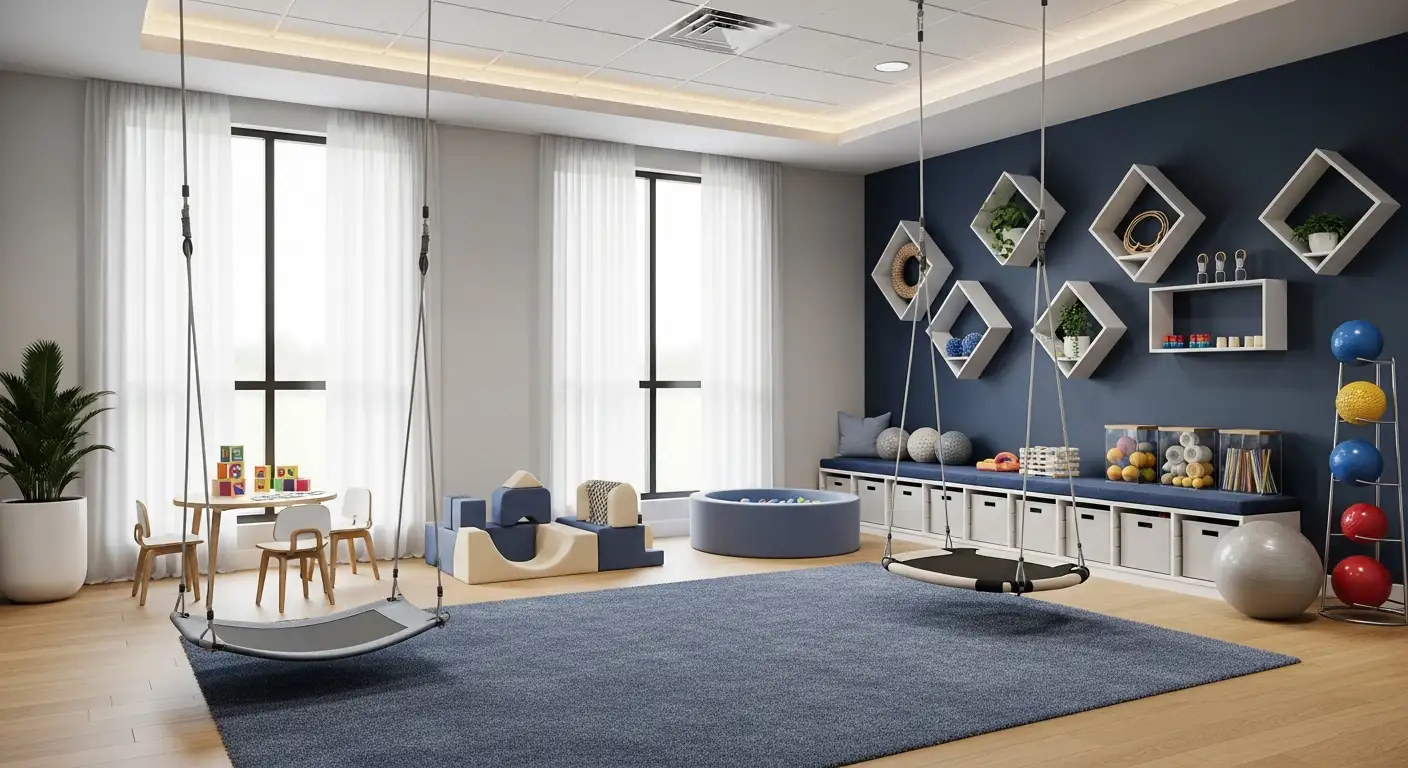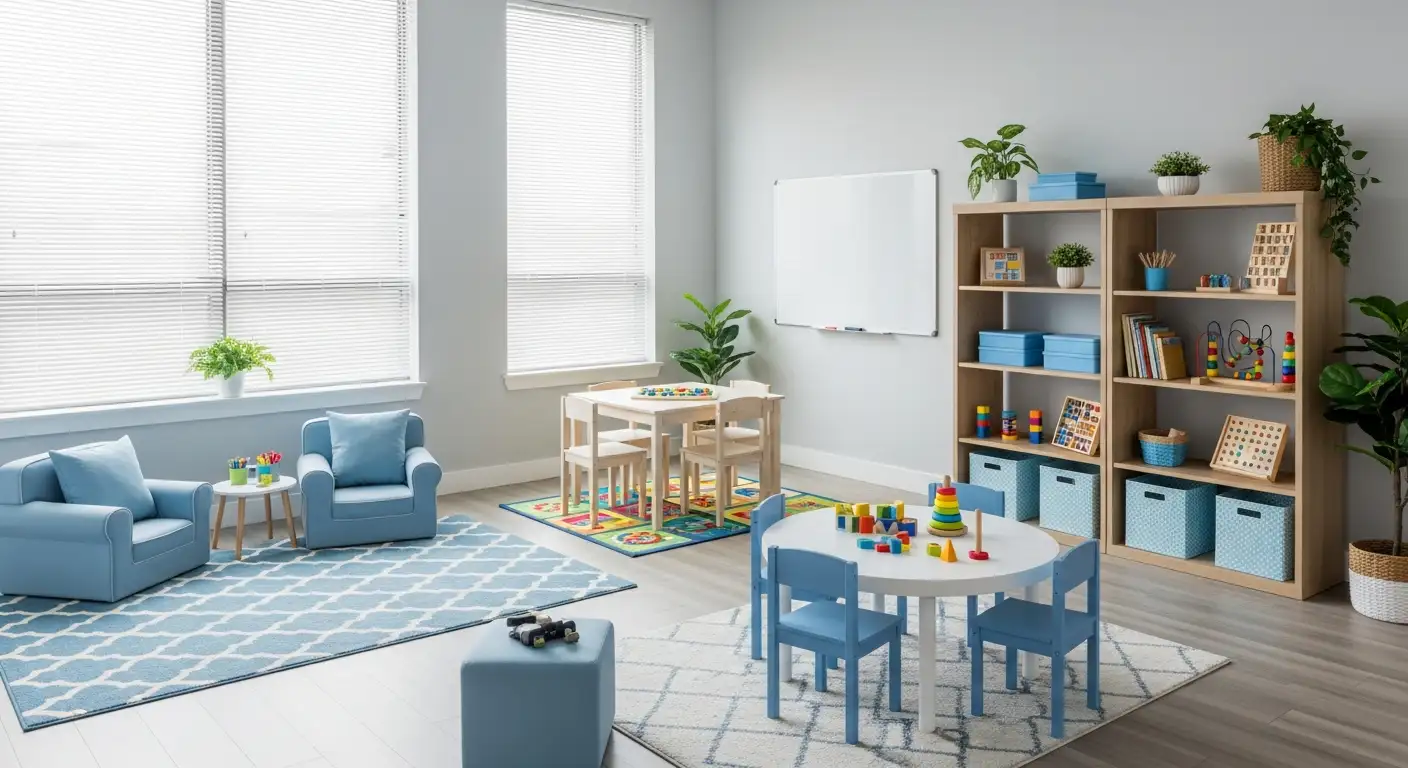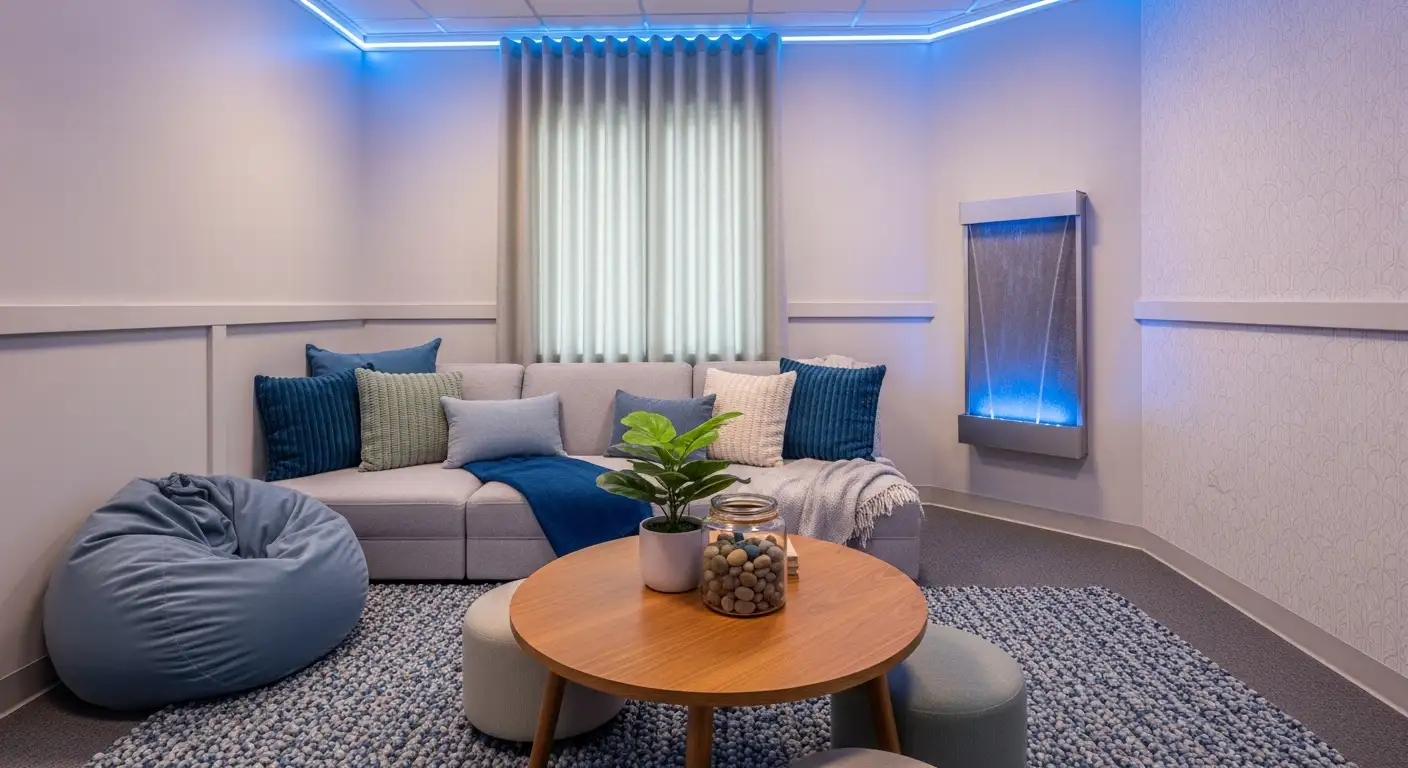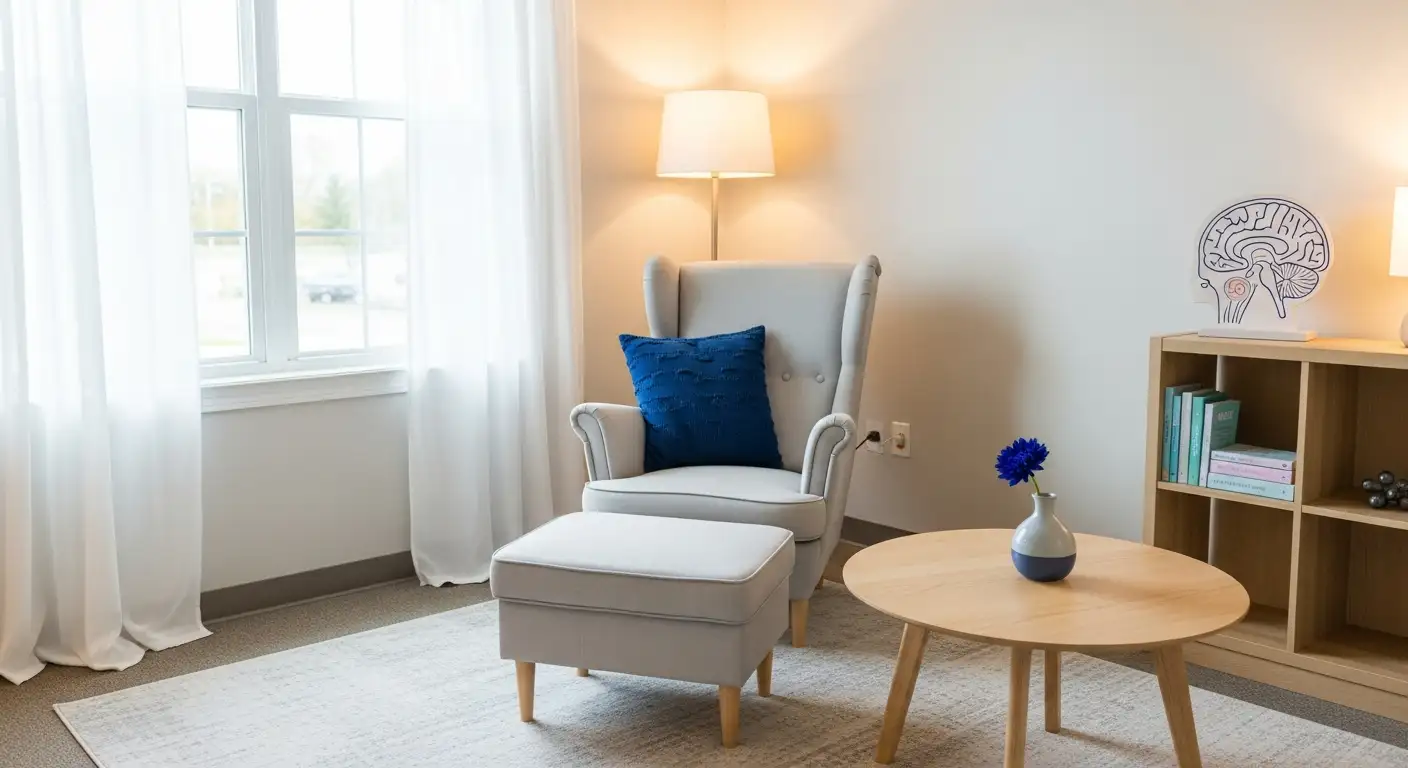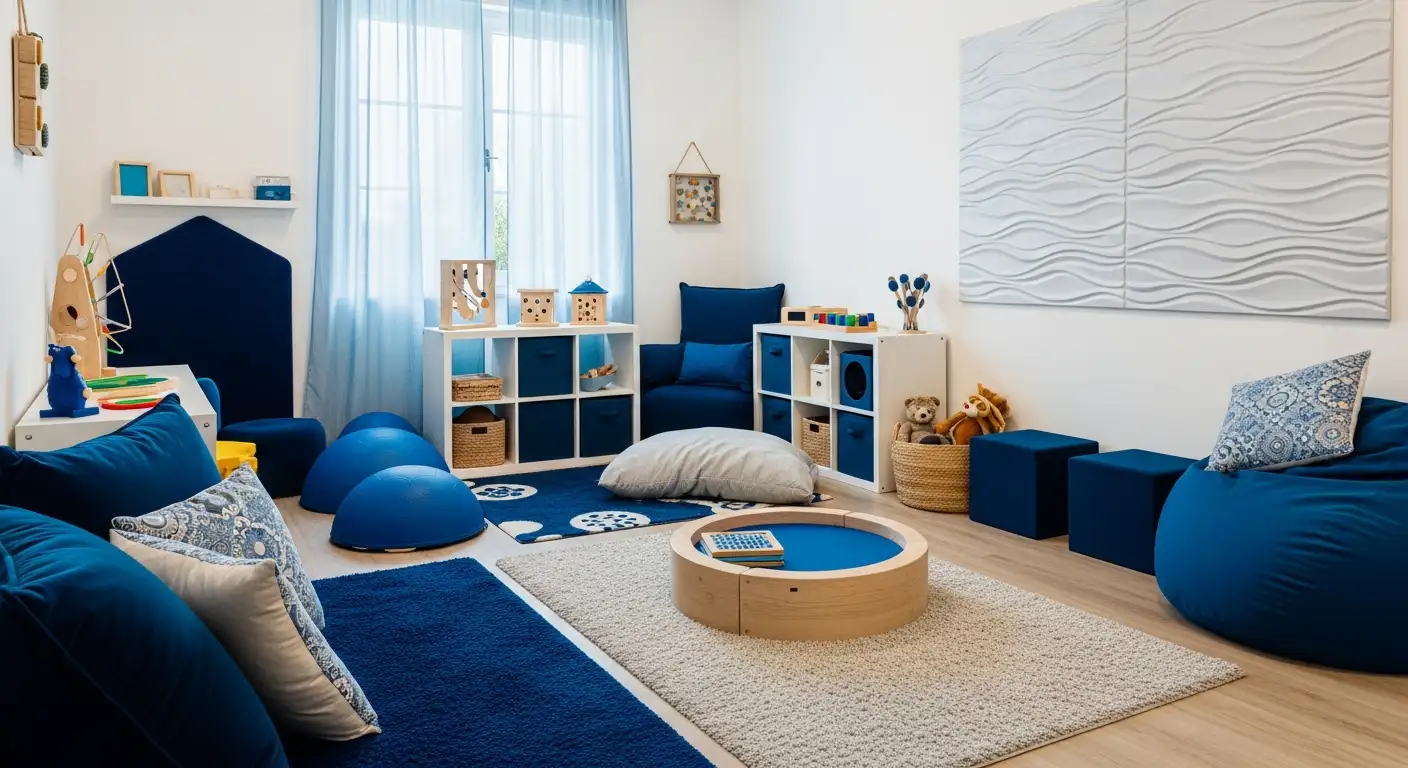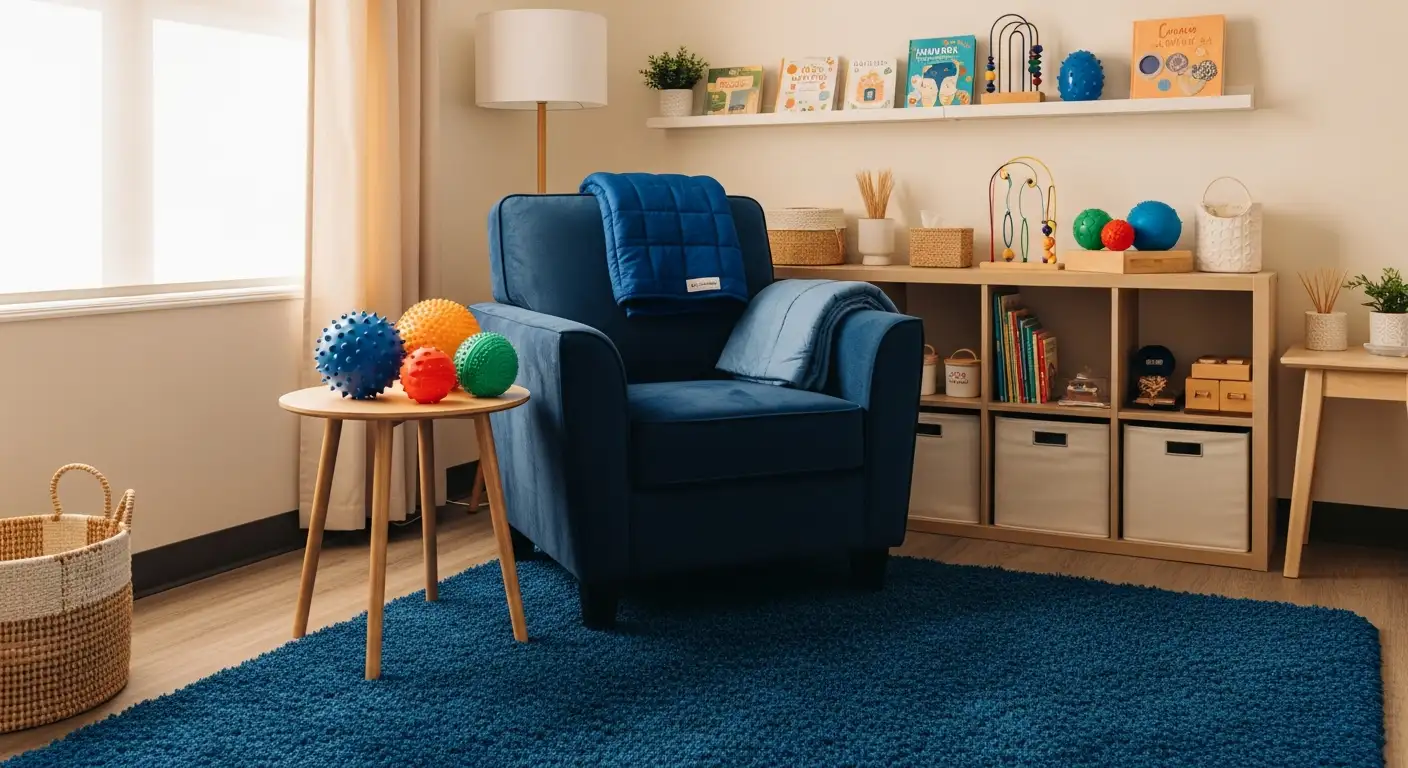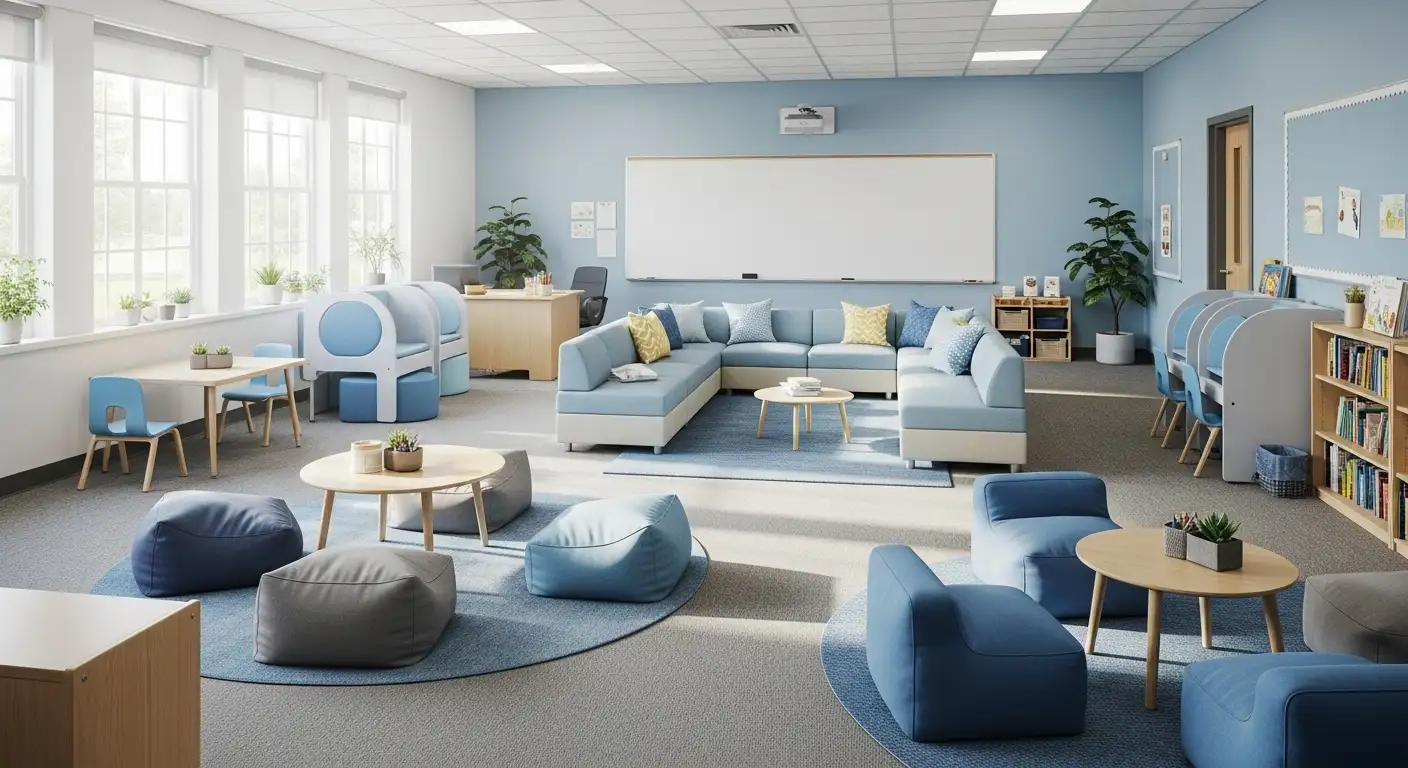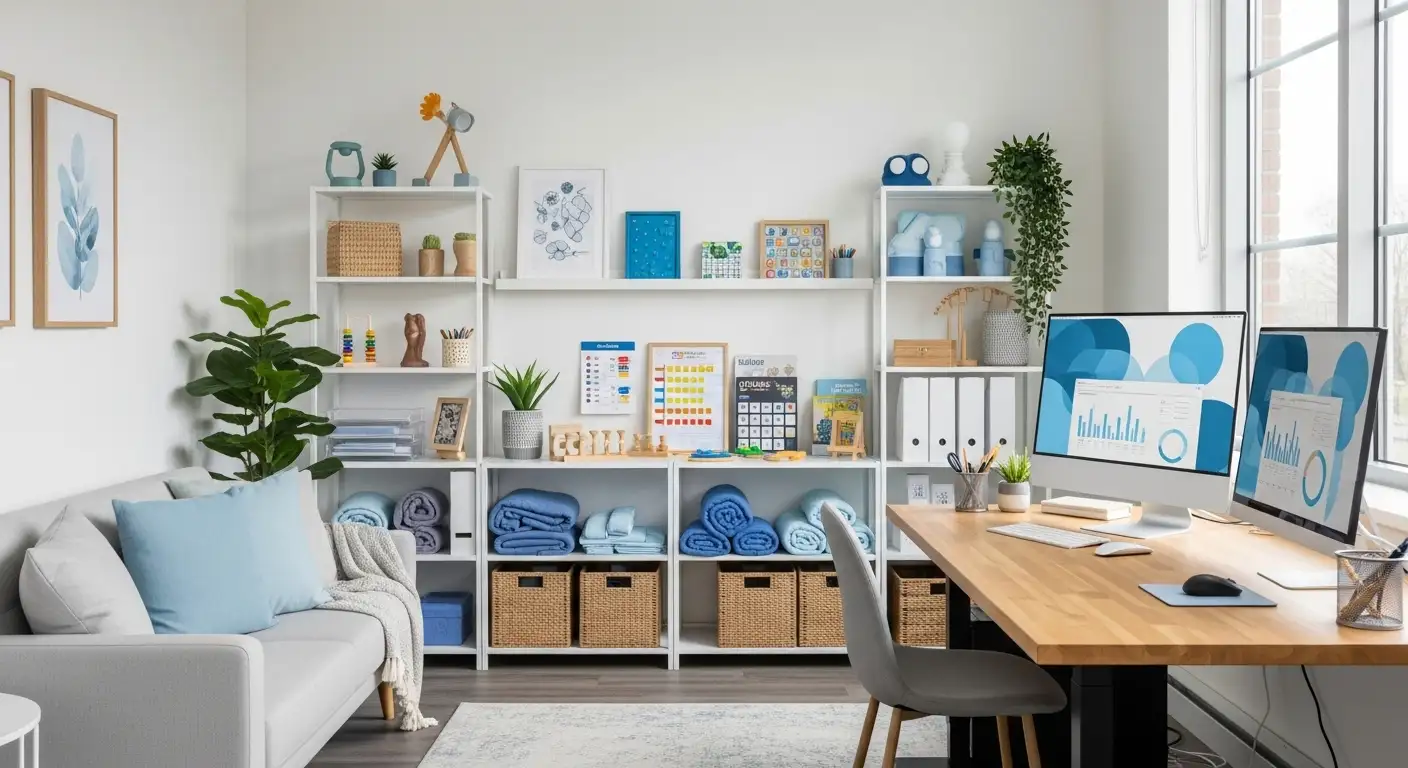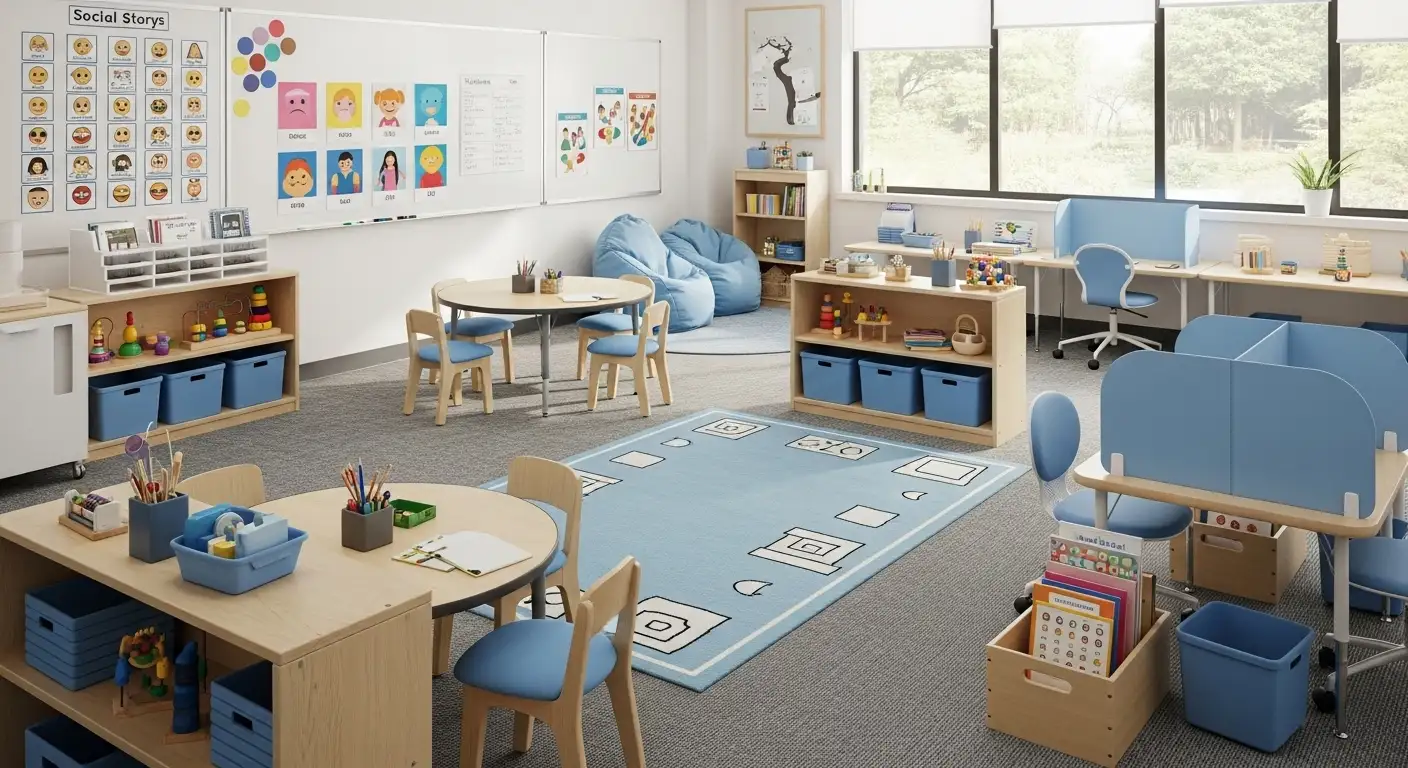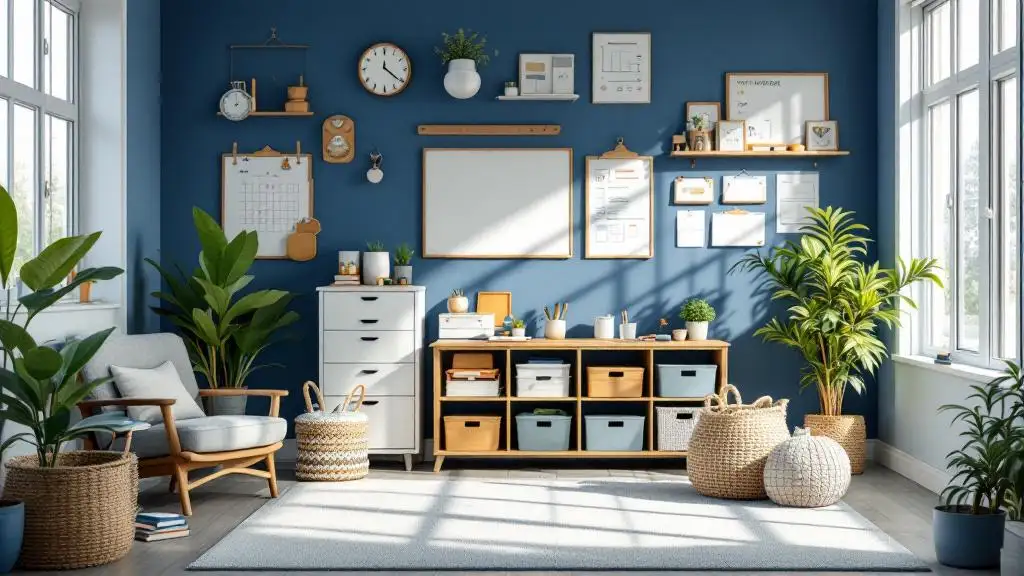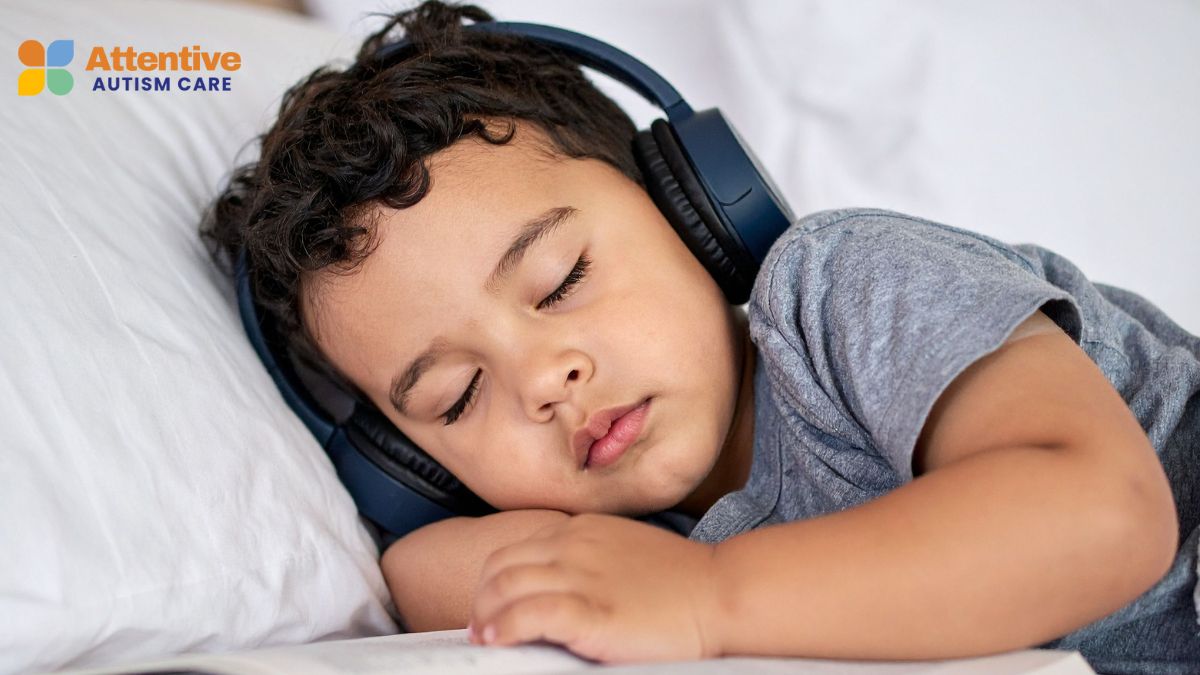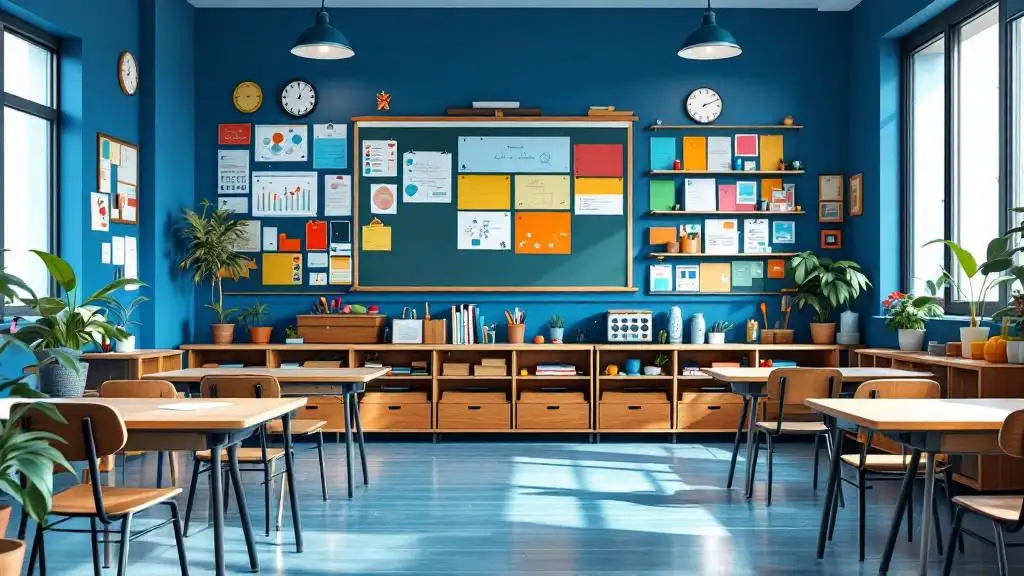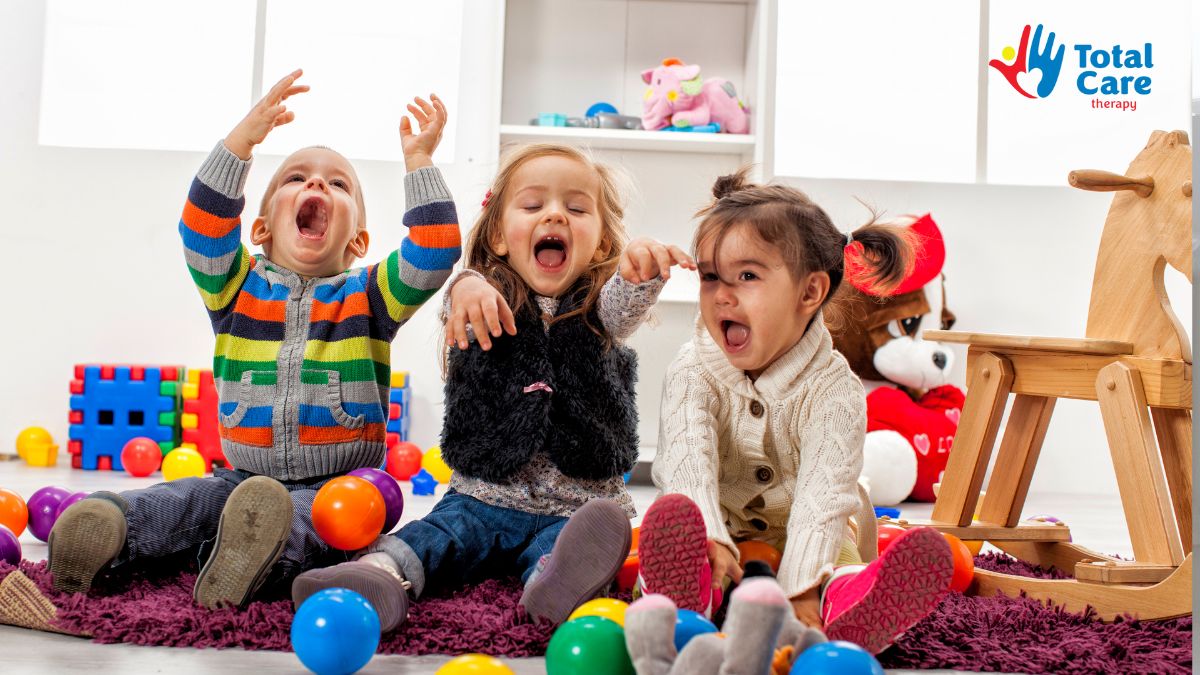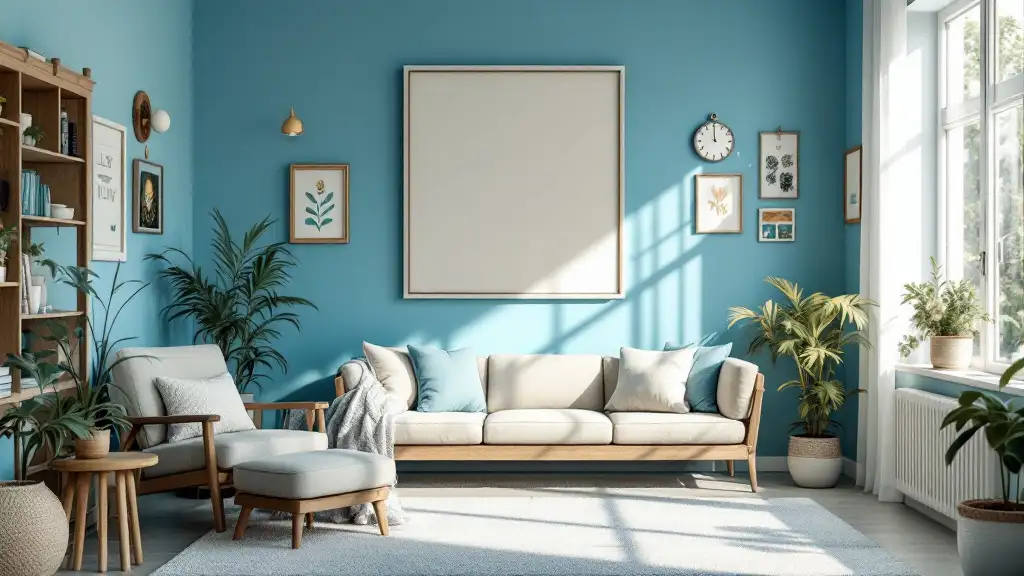Supporting Autistic Teens in Developing Self-Care Skills
Empowering Independence in Adolescents on the Spectrum

Understanding the Significance of Self-Care Skills for Autistic Teens
Developing self-care skills is a cornerstone for fostering independence and supporting the overall growth of autistic teenagers. These skills include personal hygiene, dressing, toileting, and meal preparation, all essential for participation in daily activities across home, school, and community settings. Early and systematic instruction utilizing visual supports, structured routines, and behavior management techniques significantly enhances their ability to perform these tasks independently. Addressing individual challenges related to communication, sensory sensitivities, and executive functioning lays a strong foundation for confidence, self-esteem, and successful transition into adulthood.
The Critical Role of Self-Care in Autistic Teen Development
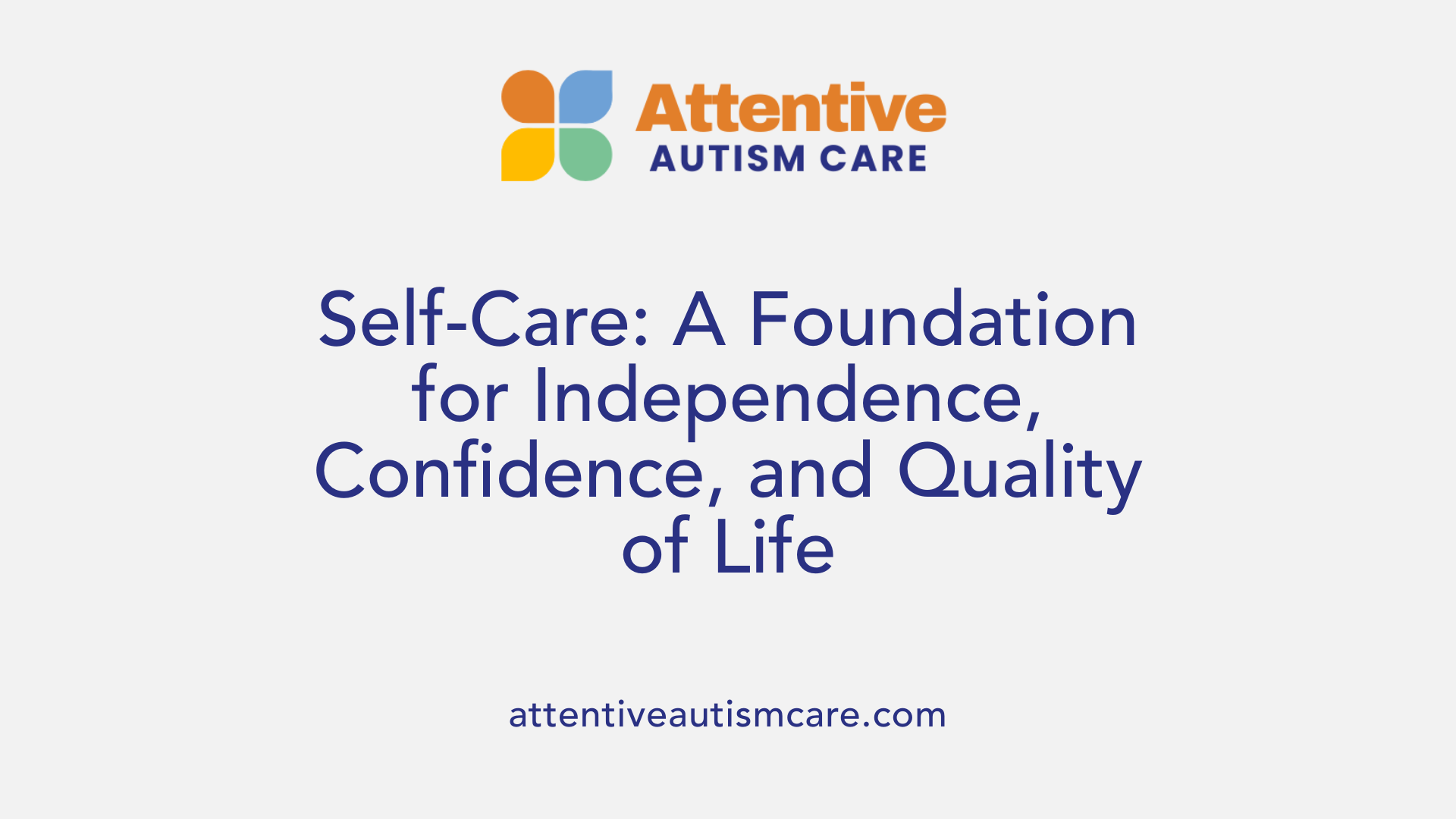
What is the importance of self-care skills for autistic teens' independence and development?
Self-care skills are essential for empowering autistic teens to become more independent in their daily lives. These skills encompass routines such as hygiene, grooming, dressing, and meal preparation, which are vital for maintaining health and well-being.
Teaching these skills early and systematically helps teens perform tasks with less reliance on caregivers, boosting their confidence and self-esteem. Visual supports like picture checklists, schedules, and video-modeling, combined with behavioral strategies such as positive reinforcement, make learning more effective.
Developing self-care abilities also promotes better participation in social, educational, and community activities. When teens can independently manage their routines, they are more capable of engaging in school, social outings, and even employment opportunities.
Addressing individual needs is crucial. Sensory sensitivities and communication challenges can hinder skill acquisition, but with appropriate modifications like using hypoallergenic products or providing choices, progress can be facilitated.
Professionals such as occupational therapists and behavior analysts play a vital role in guiding and supporting this process. They help tailor interventions that promote generalization of skills across different environments.
Ultimately, strengthening self-care skills forms a cornerstone for independence, pride, and successful transition into adulthood, contributing to an improved quality of life for autistic teens and their families.
Resources and Tools Supporting Self-Care Skills Development
 Supporting self-care skills in autistic teens requires access to a variety of specialized resources and educational materials designed to enhance independence and confidence.
Supporting self-care skills in autistic teens requires access to a variety of specialized resources and educational materials designed to enhance independence and confidence.
One of the main tools includes visual supports such as picture checklists, visual schedules, and task analysis charts. These aids organize daily routines, break complex tasks into manageable steps, and serve as visual reminders. Visual supports are especially effective because they provide clear, concrete cues that accommodate communication challenges common in autism.
Various organizations provide comprehensive programs and assessment tools to guide learning. Autism Speaks, for example, offers structured curricula, community-based resources, and educational materials tailored to different skill levels. Their resources emphasize the importance of teaching in natural settings like homes, schools, and community environments, which helps generalize skills.
Educational materials created by autistic individuals themselves, such as the 'Know Yourself' series, include free guides, videos, worksheets, and interactive exercises. These resources aim to foster self-awareness, emotional regulation, and independence, tailored to the unique ways autistic teens learn best.
Professional programs such as occupational therapy (OT) assessments and interventions are fundamental. They often utilize visual aids, sensory activities, and social skills exercises to develop hygiene, household chores, and safety awareness. OT practitioners also train caregivers and educators on how to implement consistent routines using visual supports.
Moreover, online courses and webinars for parents, caregivers, and professionals serve as accessible learning platforms. These provide practical strategies for promoting self-care skills, including hygiene routines, managing sensory sensitivities, and practicing social safety. For example, sensory integration tools help address sensory sensitivities that can impact personal care.
In addition to structured programs, numerous apps and digital tools are available. Habit-building apps and digital checklists allow teens to track routines, receive prompts, and celebrate successes, thereby reinforcing skill acquisition.
Community organizations and local services also play a key role. They often offer workshops, training sessions, and support groups to connect families and professionals, fostering shared learning and community support.
In summary, a broad range of resources—from visual supports, assessment tools, and online modules to community programs—are available to assist in teaching self-care. These tools not only promote independence but also ensure learning is engaging, accessible, and suited to individual needs.
Teaching Strategies and Practical Approaches

How can visual supports and task analysis enhance self-care skill teaching?
Using visual supports like picture checklists, visual schedules, and step-by-step task analysis simplifies complex routines and promotes independence. Visual aids serve as clear, concrete cues that help autistic children understand what to do, reducing confusion and increasing confidence. Task analysis breaks each activity into small, manageable steps, making learning more accessible and less overwhelming.
Why is learning in natural environments effective for teaching self-care?
Training in real-world settings such as kitchens for cooking, bathrooms for hygiene, or laundromats for laundry tasks provides relevant and practical experiences. These environments help children generalize skills learned during instruction to everyday situations, making the skills more functional and sustainable. Hands-on practice in familiar settings also boosts motivation and context understanding.
How do positive reinforcement and repetition support skill development?
Consistently acknowledging and rewarding successful completion of tasks encourages children to repeat behaviors. Positive reinforcement could be verbal praise, small rewards, or preferred activities, which motivate ongoing practice. Repetition helps solidify motor patterns and routines, building muscle memory and fostering greater independence over time.
| Teaching Approach | Specific Technique | Benefits | Examples |
|---|---|---|---|
| Visual Supports | Checklists, schedules, social stories | Clarifies expectations, reduces anxiety | Using visual checklists for morning routines |
| Natural Environment Learning | Real-life practice in relevant contexts | Enhances generalization, real-world readiness | Cooking in kitchen, grooming in bathroom |
| Positive Reinforcement & Repetition | Rewards, praise, consistent practice | Increases motivation, strengthens habits | Celebrating small successes, daily routines practice |
Building independence in self-care takes consistent, tailored approaches that suit each child's sensory preferences and learning style. Collaboration with professionals and ongoing assessment help refine strategies for effective, lasting skill acquisition.
Role of Occupational Therapy in Self-Care Development
How can therapy options, like occupational therapy, aid in developing self-care skills for autistic teens?
Occupational therapy (OT) is fundamental in supporting autistic teens to develop essential self-care skills. A primary focus of OT is addressing sensory processing differences that can make certain activities overwhelming or uncomfortable. Through sensory integration techniques, therapists help teens regulate their sensory responses, reducing anxiety and fatigue during daily routines like dressing, grooming, or bathing.
OT also concentrates on improving motor skills critical for independence. Fine motor skills such as buttoning, tying shoelaces, or managing utensils are often targeted through specialized exercises and activities. Additionally, therapists work on executive functioning abilities, including planning, sequencing, and organization, ensuring teens can follow multi-step routines safely and effectively.
A variety of tools and modifications are utilized within OT to enhance self-care. Sensory diets—customized schedules of sensory activities—help teens stay engaged and balanced. Adaptive equipment, such as specialized toothbrushes, deodorant applicators, or clothing with easy fasteners, make activities more accessible.
Many intervention models emphasize collaborative care, integrating input from families, educators, and other health professionals. This teamwork ensures strategies are consistent across environments and tailored to each teen’s unique needs.
Overall, occupational therapy empowers autistic teens by fostering independence, safety, and confidence in performing everyday tasks. Through targeted sensory, motor, and environmental strategies, OT creates a supportive foundation for mastering self-care routines that can significantly improve quality of life.
Supporting Self-Care Through Caregiving and Education

How can visual aids and step-by-step instructions assist in teaching self-care?
Visual supports are powerful tools for helping autistic teens understand and complete self-care routines independently. Using picture checklists, social stories, and visual schedules provides clear, consistent cues that break down routines into manageable steps. For example, a visual card sequence can guide a teen through brushing teeth or dressing tasks, reducing anxiety and enhancing comprehension.
Step-by-step instructions tailored to the individual’s learning style can also promote mastery. Visual diagrams, cue cards, and video modeling demonstrate how to perform each task, reinforcing learning through repetition and multisensory engagement. These methods foster confidence by making expectations clear and attainable.
How do routines and consistency support self-care development?
Establishing predictable routines is fundamental in teaching self-care skills. Consistency helps autistic individuals develop habits and reduces confusion or resistance. Caregivers and educators should create daily schedules that include regular times for hygiene, meals, and other activities. Using visual routines and timers can help reinforce the sequence of tasks and promote independence.
Reinforcing routines in natural settings—like the bathroom or kitchen—encourages generalization of skills. When routines are predictable, teens are more likely to participate willingly and remember steps without prompting. Consistency also builds a sense of security, supporting emotional regulation.
What positive reinforcement strategies and sensory considerations are effective?
Positive reinforcement—praise, rewards, or preferred activities—motivates autistic teens and encourages ongoing practice of self-care skills. Immediately acknowledging effort and success builds confidence and fosters a positive attitude toward daily routines.
Sensory sensitivities are common and can hinder participation in self-care activities. Caregivers should consider sensory needs by using fragrance-free, hypoallergenic products, and adapting tools to individual preferences. For example, using soft sponges instead of brushes or offering choices between different clothing options can make routines more comfortable.
Modifying routines with sensory-friendly modifications—such as adjusting water temperature, reducing loud noises, or offering visual or tactile cues—can significantly improve engagement. Patience, flexibility, and ongoing assessment help ensure that both the emotional and sensory needs of the teen are met, supporting sustained independence in self-care tasks.
Promoting Hygiene and Health in Autistic Teens
What techniques are effective in promoting personal hygiene and health in autistic teens?
Supporting autistic teens in developing good hygiene and health routines requires a combination of visual supports, social stories, and video modeling. These tools help clarify steps, make routines predictable, and visually demonstrate proper practices.
Visual supports, such as picture schedules and checklists, are essential for breaking down complex routines like bathing, brushing teeth, or dressing into manageable steps. For example, a visual sequence for brushing teeth might include pictures of applying toothpaste, brushing, rinsing, and putting equipment away.
Social stories serve as short narratives that explain why hygiene routines are important, helping teens understand the purpose behind personal care. These stories can reduce anxiety and encourage participation.
Video modeling involves showing videos that demonstrate the activities, enabling teens to see the correct sequence of actions. Watching such videos repeatedly can boost understanding and confidence.
Establishing consistent routines is vital. The same schedule every day creates predictability, decreases resistance, and fosters independence. Caregivers and therapists can work together to develop routines tailored to each teen’s needs.
Sensory considerations are crucial; many autistic teens may be sensitive to water, certain textures, or smells. Using sensory-friendly products such as fragrance-free soap or hypoallergenic deodorant can increase comfort.
Environmental adjustments, such as setting the bathroom temperature or using soft towels, help make self-care activities more pleasant. Gradually introducing new routines or sensory elements, while respecting individual preferences, promotes acceptance.
Positive reinforcement and encouragement are effective motivators. Praising efforts or offering preferred rewards motivate teens to repeat hygiene behaviors and build confidence.
Collaboration with therapists and caregivers ensures strategies are personalized. A tailored approach considers unique sensitivities and strengths, leading to better adherence and success.
In summary, combining visual supports, social stories, video modeling, sensory adaptations, and positive reinforcement creates a supportive environment that encourages hygiene and health habits in autistic teens.
Fostering Confidence and Independence Through Targeted Support
Supporting autistic teens in developing self-care skills is a vital investment in their future independence and quality of life. A comprehensive approach that combines early intervention, tailored strategies, visual supports, professional therapy, and consistent routines can significantly improve their daily functioning. Collaborating with families, educators, therapists, and community resources ensures that each teen receives personalized guidance and support, fostering confidence, self-esteem, and resilience. Emphasizing patience, celebrating progress, and adapting practices to individual preferences pave the way for successful skill acquisition. Ultimately, empowering autistic adolescents with essential self-care abilities prepares them for a fulfilling, autonomous adulthood.
References
- Expert Q&A: Teaching self-care skills to autistic youth with high ...
- Life skills for autism | Autism Speaks
- A Review of Self-Help Skills for People with Autism: A Systematic ...
- Self-care for young autistic children - Whittington Hospital
- Helping Autistic Teens Build Independence and Life Skills
- Self-Care Skills for Kids with Autism Made Simple: A Guide
- Self-Care Skills for Children with Autism









